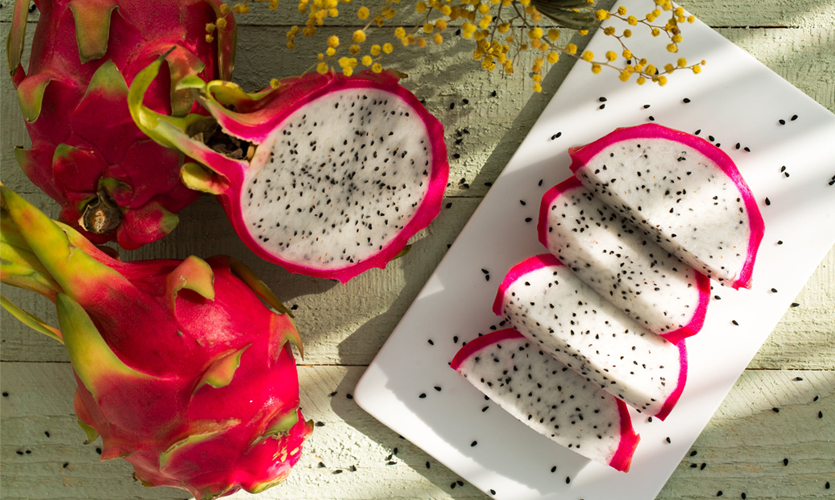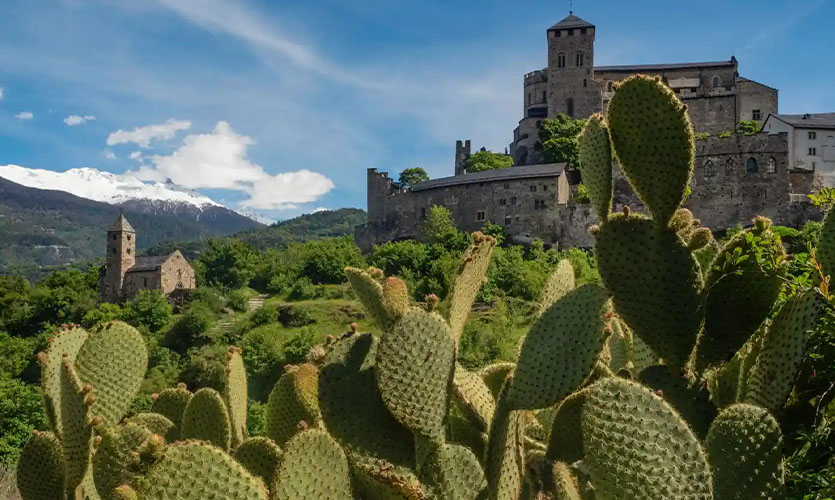Dragon fruit is the new talk of the town or say, talk of the country. What’s the pomp and show all about?
Recently, the Gujarat CM tried to rename “dragon fruit” to “Kamalam”. This was because the fruit reminded him of a lotus (kamal) because of its shape. But what’s the sudden obsession with a fruit that’s not even native to the country?
India, on an average, produces around 90 metric tonnes of fruit every year, thereby leading globally in fruit production. However, there are some exotic fruits which need to be imported. Consequently making their prices kiss the sky and getting tagged as ‘exotic’ and dragon fruit falls right in that category.
In 2014, India saw a heavy increase in the import of dragon fruit accounting to 20 times the then value. However, this later proved slightly cumbersome for both the importers and sellers, owning to the fruit’s short shelf-life. “Dragons fruits are now being successfully cultivated in India, especially in Kerala, UP and Maharashtra. This has drastically reduced the prices”, answers Dr. Rajinder Kumar Dhall, Senior Olericulturist at Punjab Agricultural University. What this means is that the super fruit, earlier considered a luxury, can now be afforded by the common man. Not only pertaining to the costs, this also boosts the community and public health on a larger scale. “Dragon fruits contain high amounts of iron, magnesium, vitamin A & C, antioxidants and fibres. This makes them highly beneficial for diabetics, heart patients and in general for everyone”, explains Dr. Dhall.
The UP government has also taken steps to promote the cultivation of this fruit by hosting, ‘Dragon Fruit Festival’. This has been made possible by the awareness and the efforts done by Gaya Prasad Singh. Singh introduced this fruit within the district and has been promoting its cultivation amongst farmers of Barabanki and Kushinagar. “The fruit can be grown at a maximum temperature of 40 degrees Celsius and a minimum of 7 degree Celsius, which means it can be cultivated here even in the months of February-March and June-July. That’s how progressive farming works”, adds Dr. Dhall.
In Kerala, Umer Kutti, an electrical engineer has been growing dragon fruits in his polyhouse since five years. And, has been promoting it by giving out stems of the plants and sharing tips on its cultivation techniques. Similarly, Lucy Ngullie of Nagaland has successfully created a 100 per cent organic dragon fruit wine through a technique which she learnt from a Phillipino winemaker. “Growing dragon fruits locally can boost the income of the farmers up to ten times and increase the public health. Such initiatives are a boon for the society”, says Saroj Kr Singh, Director at State Department of Agriculture & Horticulture, Lucknow.










